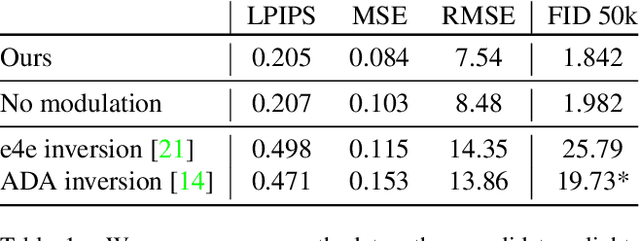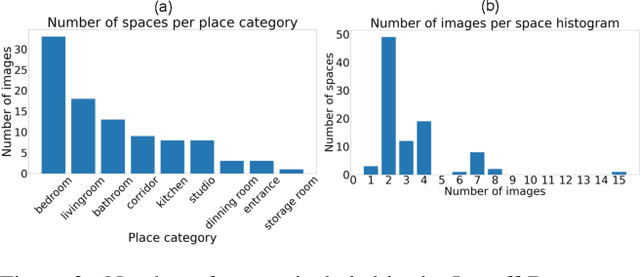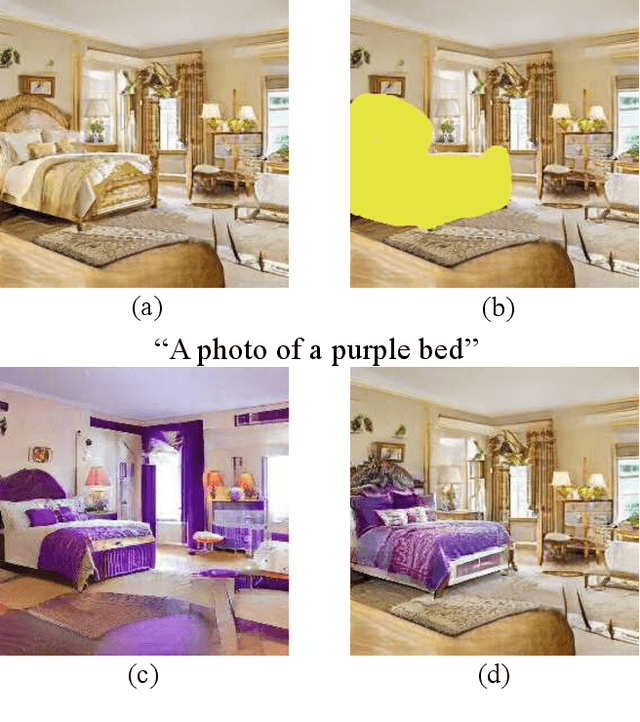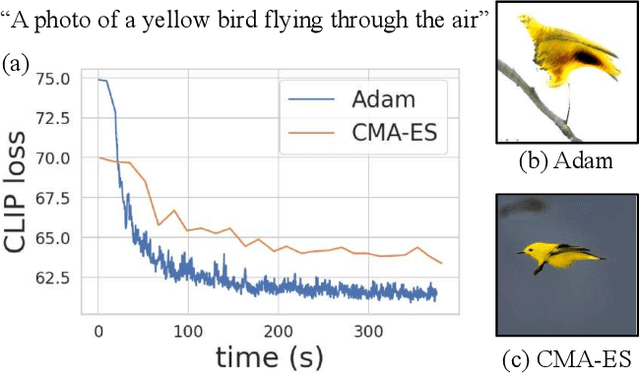Audrey Cui
Local Relighting of Real Scenes
Jul 06, 2022



Abstract:We introduce the task of local relighting, which changes a photograph of a scene by switching on and off the light sources that are visible within the image. This new task differs from the traditional image relighting problem, as it introduces the challenge of detecting light sources and inferring the pattern of light that emanates from them. We propose an approach for local relighting that trains a model without supervision of any novel image dataset by using synthetically generated image pairs from another model. Concretely, we collect paired training images from a stylespace-manipulated GAN; then we use these images to train a conditional image-to-image model. To benchmark local relighting, we introduce Lonoff, a collection of 306 precisely aligned images taken in indoor spaces with different combinations of lights switched on. We show that our method significantly outperforms baseline methods based on GAN inversion. Finally, we demonstrate extensions of our method that control different light sources separately. We invite the community to tackle this new task of local relighting.
Paint by Word
Mar 24, 2021



Abstract:We investigate the problem of zero-shot semantic image painting. Instead of painting modifications into an image using only concrete colors or a finite set of semantic concepts, we ask how to create semantic paint based on open full-text descriptions: our goal is to be able to point to a location in a synthesized image and apply an arbitrary new concept such as "rustic" or "opulent" or "happy dog." To do this, our method combines a state-of-the art generative model of realistic images with a state-of-the-art text-image semantic similarity network. We find that, to make large changes, it is important to use non-gradient methods to explore latent space, and it is important to relax the computations of the GAN to target changes to a specific region. We conduct user studies to compare our methods to several baselines.
 Add to Chrome
Add to Chrome Add to Firefox
Add to Firefox Add to Edge
Add to Edge